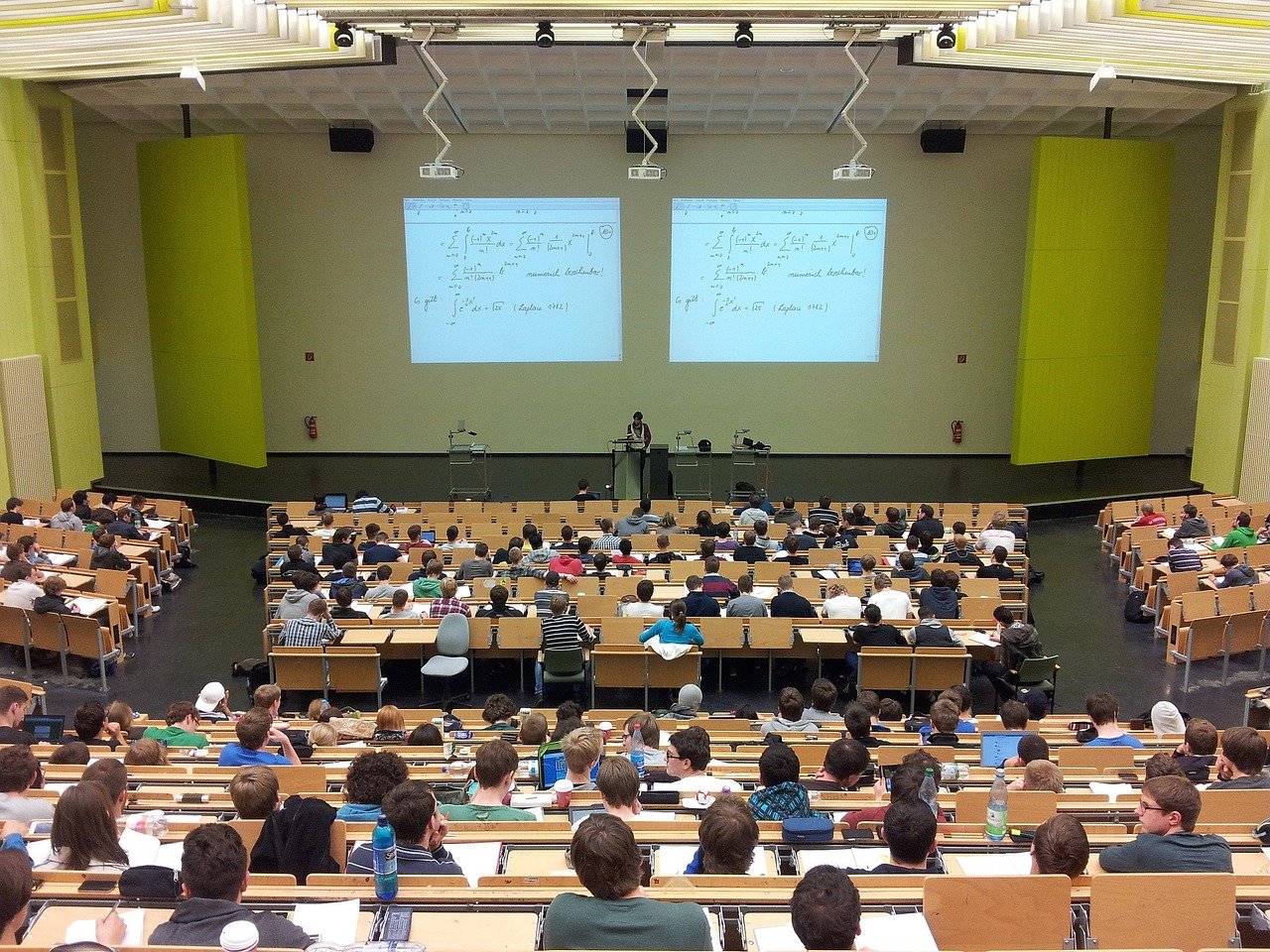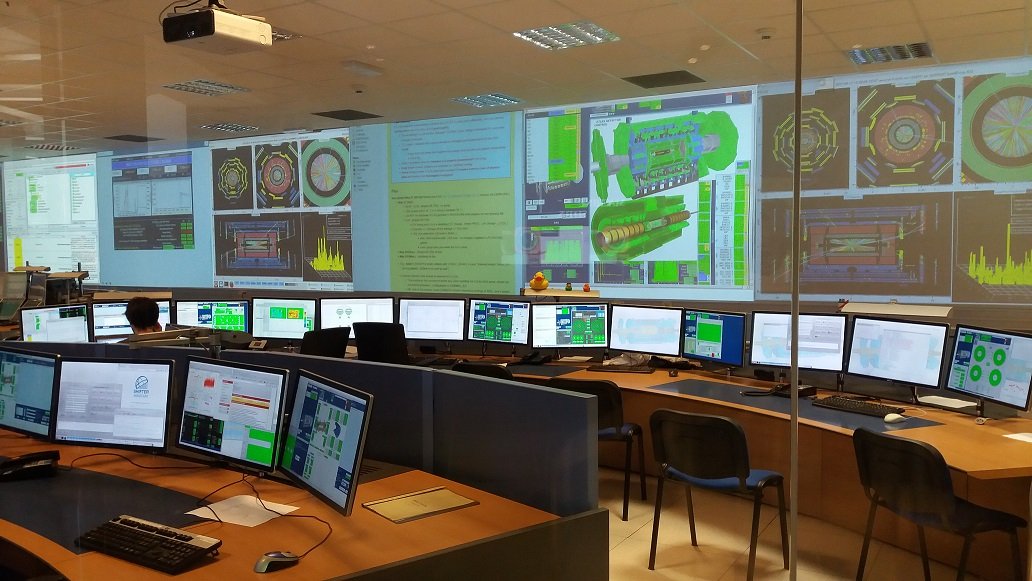When renting a bare space in an office building, several challenges can arise, including:
- Costly Renovation: The process of transforming a bare space into a functional office environment can be expensive. Renovations may involve installing walls, electrical systems, plumbing, and other infrastructure. The costs associated with these renovations can add up significantly, impacting the overall budget of the office setup.
- Immobile Investment: When renting a bare space, the renovations and improvements made to the office become fixed and immovable. If the business needs to relocate in the future, the investment made in customizing the space cannot be easily transported or replicated in a new location. This lack of portability can limit the flexibility and scalability of the business.
- Poor Acoustics: Bare spaces often lack proper acoustic treatment, resulting in reverberation, echoes, and excessive noise levels. The absence of sound-absorbing materials can lead to a distracting and noisy environment, making it difficult for employees to concentrate, communicate effectively, and engage in focused work.
- Insufficient Privacy: Without pre-existing walls or dividers, bare spaces may have limited privacy. The lack of private areas can hinder confidential discussions, sensitive meetings, and individual tasks that require solitude. This can compromise the privacy and confidentiality needs of the employees and the organization.
- Increased Distractions and Reduced Productivity: Bare spaces often lack the necessary infrastructure to minimize distractions. Noise from neighboring offices, common areas, or equipment can disrupt employees’ focus and concentration, leading to decreased productivity. The absence of designated quiet areas can make it challenging for employees to work efficiently and deliver their best performance.
These are the reasons why modern offices of large companies these days start consider using acoustic pods as go to solution to solve them all.
Acoustic pods or acoustic booths offer some unmatched benefits compared to traditional office solutions, including:
- Noise Reduction: Acoustic booths are specifically designed to minimize noise disturbances, providing a quiet and focused environment for work. In a shared office setting where multiple individuals are working in close proximity, external noise from conversations, phone calls, or office activities can be distracting. Acoustic booths help reduce these distractions, allowing individuals to concentrate and be more productive.
- Privacy and Confidentiality: Acoustic booths offer a level of privacy that may be lacking in open office spaces. They create a dedicated, enclosed space where individuals can have private conversations, make phone calls, or work on sensitive tasks without the fear of being overheard. This enhances confidentiality and facilitates more open communication within the office environment.
- Enhanced Productivity: By reducing noise distractions and providing a private workspace, acoustic booths contribute to increased productivity. Employees can focus better on their tasks, whether it’s concentrated individual work or important phone conversations. The controlled environment within the booth helps maintain concentration and workflow efficiency.
- Flexibility and Adaptability: Acoustic booths are often modular and can be easily moved and rearranged within a shared office space. This flexibility allows for customization and adaptation to changing needs and team sizes. Whether it’s a temporary private workspace for a visiting colleague or a designated area for intense focus, the adaptability of acoustic booths makes them a versatile shared office solution.
- Collaboration and Teamwork: While acoustic booths are known for providing privacy, they can also be used as collaborative spaces within a shared office environment. Small teams or individuals working on joint projects can utilize the booth for discussions, brainstorming sessions, or focused collaboration. The controlled acoustics within the booth can facilitate effective communication and idea generation.
- Aesthetics and Design: Acoustic booths are available in various sizes, styles, and designs, allowing them to blend seamlessly with the overall office aesthetics. They can be visually appealing, adding a modern and sophisticated touch to the workspace. Acoustic booths also contribute to the overall office design by creating defined zones and visual diversity within an open office layout.
- Employee Well-being: Providing employees with access to acoustic booths demonstrates a commitment to their well-being. These private spaces offer an opportunity for individuals to take breaks, recharge, or engage in tasks that require focused attention. By addressing the need for quiet and privacy, acoustic booths contribute to a healthier and more balanced work environment.







